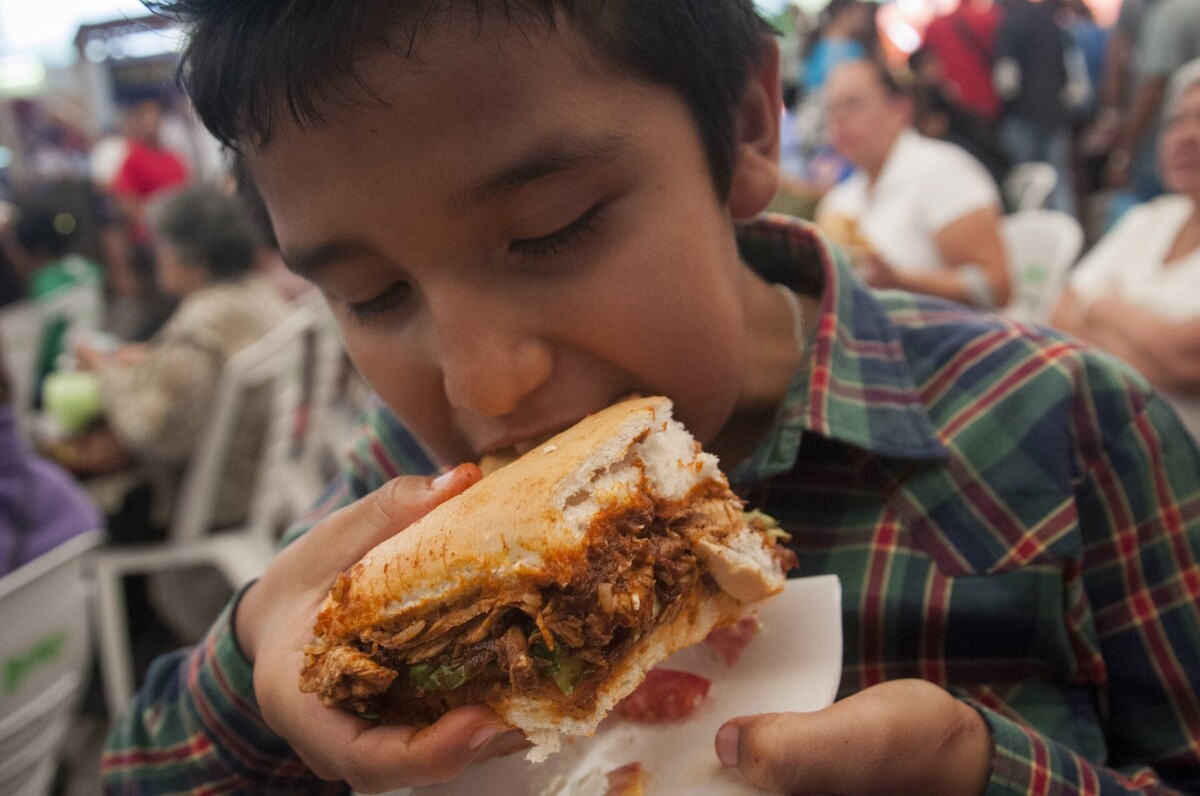
Children tend to reject bitter flavors not for taste reasons, but by instinct. Sweet flavors are associated with affection and safety, while bright colors often attract in childhood. A childhood filled with intense flavors, vibrant colors, and imaginative textures connects us with our inner child. Childhood foods not only nourish the body but also build character, memory, and a sense of belonging.
Childhood food, like rice pudding or strawberry popsicles, leaves deep memories. It is in childhood that personal rules about food are established: thickness brings security, crunchiness excites. The flavors of childhood, no matter how simple, remain rooted in memory. The flavors, colors, and textures of food awaken emotions and shape the experience of eating.
Children explore food with their senses and establish preferences based on the sensations they produce. Texture and color are fundamental aspects in children's relationship with food. Eating becomes an emotional and discovery experience. Each bite leaves an invisible emotional imprint in our memory.
The presentation of food plays a crucial role in how we perceive it, and it is important for adults to take care of the environment in which children eat. Offering a sensory diet rich in colors, textures, and flavors is a way to express love. The variety of natural colors in food can spark enthusiasm and curiosity in children. The emotional experience around food is as important as the nutrition it provides.
The flavors, colors, and textures of childhood accompany us throughout life, reminding us of where we come from and who took care of us. Eating well is not just about nourishing the body, but about enjoying freely and joyfully, rediscovering simple joy in every bite. Building a positive relationship with food from childhood is to build an emotional memory that will last forever.













